
On March 8, 1965, I went to Philadelphia to watch Princeton play Penn State in the opening round of the N.C.A.A. basketball tournament. As the two teams were warming up, a contact lens fell to the court from the eye of a Princeton player. He bent over to pick it up but couldn’t see it. Teammates stopped their drills and came to help. They got down on their hands and knees and grovelled, crawled like bugs. Some went completely prone and squinted down along the floorboards. No one saw the lens. Princeton’s Bill Bradley, who happened to be on the sideline talking to his coach, watched with a curiosity that evolved toward impatience as five minutes went by. People in the stands were clapping in unison. Bradley had enough. Leaving the sideline, he walked to mid-court, stopped, bent forward, and pointed at the lens.
Focus like that is an obvious asset in the central vision of a basketball player, and so is peripheral vision, which adds so much to court sense. When Bill was in high school, in Crystal City, Missouri, he would walk down the streets with blinders on his eyes to see if he could read the signs in shopwindows on either side. Nonsense? Court sense. In early December of his senior year at Princeton, I persuaded him to go with me to an ophthalmologist, who plotted his peripheral vision within circles on a graph, and we found that Bill could see as much as twenty-three degrees more than most people. Bill could practically see out the back of his head, let alone a bit of plastic on a floor.
Diese Geschichte stammt aus der October 16, 2023-Ausgabe von The New Yorker.
Starten Sie Ihre 7-tägige kostenlose Testversion von Magzter GOLD, um auf Tausende kuratierte Premium-Storys sowie über 8.000 Zeitschriften und Zeitungen zuzugreifen.
Bereits Abonnent ? Anmelden
Diese Geschichte stammt aus der October 16, 2023-Ausgabe von The New Yorker.
Starten Sie Ihre 7-tägige kostenlose Testversion von Magzter GOLD, um auf Tausende kuratierte Premium-Storys sowie über 8.000 Zeitschriften und Zeitungen zuzugreifen.
Bereits Abonnent? Anmelden
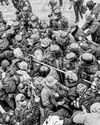
GET IT TOGETHER
In the beginning was the mob, and the mob was bad. In Gibbon’s 1776 “Decline and Fall of the Roman Empire,” the Roman mob makes regular appearances, usually at the instigation of a demagogue, loudly demanding to be placated with free food and entertainment (“bread and circuses”), and, though they don’t get to rule, they sometimes get to choose who will.

GAINING CONTROL
The frenemies who fought to bring contraception to this country.

REBELS WITH A CAUSE
In the new FX/Hulu series “Say Nothing,” life as an armed revolutionary during the Troubles has—at least at first—an air of glamour.

AGAINST THE CURRENT
\"Give Me Carmelita Tropicana!,\" at Soho Rep, and \"Gatz,\" at the Public.

METAMORPHOSIS
The director Marielle Heller explores the feral side of child rearing.
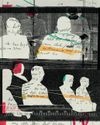
THE BIG SPIN
A district attorney's office investigates how its prosecutors picked death-penalty juries.
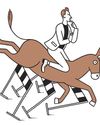
THIS ELECTION JUST PROVES WHAT I ALREADY BELIEVED
I hate to say I told you so, but here we are. Kamala Harris’s loss will go down in history as a catastrophe that could have easily been avoided if more people had thought whatever I happen to think.
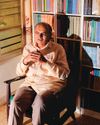
HOLD YOUR TONGUE
Can the world's most populous country protect its languages?
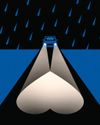
A LONG WAY HOME
Ordinarily, I hate staying at someone's house, but when Hugh and I visited his friend Mary in Maine we had no other choice.
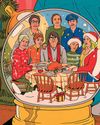
YULE RULES
“Christmas Eve in Miller’s Point.”